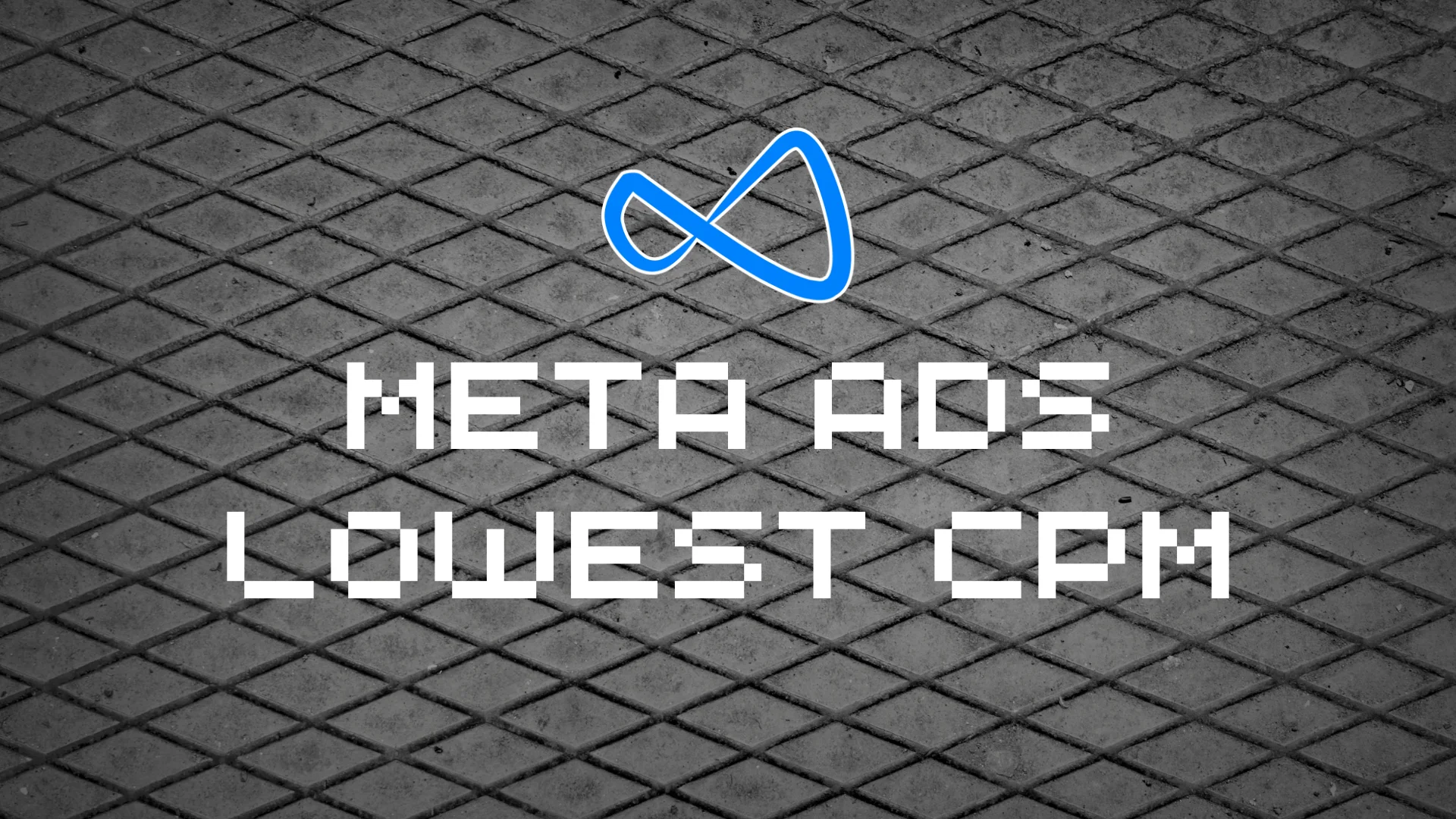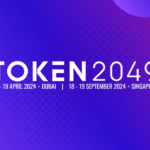Given Google’s expansive reach, with somewhere with over 8.5 billion searches per day, chances are you’ve seen (and probably clicked on) a Google ad — and so have your potential customers. And if you‘ve landed on this blog post, you’re probably looking to get in on the Google Ads action for your own business. You’re in luck! In this guide, we give you the nitty gritty about how to start advertising on Google. We’ll even cover features specific to the platform and teach you how to optimize your campaigns to achieve the best results with your ads.
Table of Contents
What is Google Ads?
Google Ads is a pay-per-click (PPC) advertising platform where advertisers pay per click (or impression) on an ad. Google Ads is an effective way to drive qualified traffic, or good-fit customers, to your business because they’re searching for products and services like yours. With Google Ads, you can boost your website traffic, receive more inquiries, and increase in-store visits. Over time, Google Ads will also help you analyze and optimize those ads to reach more people. Discover how HubSpot can help you better manage your Google Ads.
Why advertise on Google?
Google is the most used search engine, receiving millions of daily user searches. Not to mention, the Google Ads platform has been around for nearly two decades, giving it some seniority and authority in paid advertising. Insider Intelligence forecasted Facebook is expected to generate 58.5% of Meta’s global ad revenues, totaling $121.90B.
Your competitors are using Google Ads (and might even be bidding on your branded terms). Hundreds of thousands of companies use Google Ads to promote their businesses, which means that even if you rank organically for a search term, your results are being pushed down the page beneath your competitors.
Does Google Ads work?
Yes, Google Ads works. You can create a high-ROI marketing campaign with an optimized ad campaign and lead flow.
Google Ads Terms to Know
1. Ad Extensions
Ad Extensions allow you to supplement your ad with additional information at no extra cost. These extensions fall under one of five categories: Sitelink, Call, Location, Offer, or App.
2. AdRank
Your AdRank determines your ad placement. The higher the value, the better you’ll rank, the more eyes will fall on your ad, and the higher the probability of users clicking your ad. Your AdRank is determined by your maximum bid multiplied by your Quality Score.
3. Bidding
Google Ads is based on a bidding system, where you, as the advertiser, select a maximum bid amount you’re willing to pay for a click on your ad. The higher your bid, the better your placement. You have three options for bidding: CPC, CPM, or CPE. CPC, or cost-per-click, is the amount you pay for each click on your ad. CPM, or cost per mile, is the amount you pay for one thousand ad impressions when your ad is shown to a thousand people. CPE, or cost per engagement, is the amount you pay when someone takes a predetermined action with your ad. And, yes, we’ll review the bidding strategies below.
4. Campaign Type
Before you begin a paid campaign on Google Ads, you’ll select between seven campaign types: search, display, video, shopping, app, smart, or performance max. Search ads are text ads that are displayed among search results on a Google results page. Display ads are typically image-based and are shown on web pages within the Google Display Network. Video ads are between six and 15 seconds and appear on YouTube. Shopping campaigns appear on search results and the Google shopping tab. App campaigns use information from your app to optimize ads across websites. Smart campaigns have Google finding the best targeting to get you the most bang for your buck. Performance Max is a new campaign type that lets advertisers access all Google Ads inventory from a single campaign.
5. Click-Through Rate (CTR)
Your CTR is the number of clicks you get on your ad as a proportion of your ad’s impressions. A higher CTR indicates a quality ad matching search intent and targeting relevant keywords.
6. Conversion Rate (CVR)
CVR measures form submissions as a proportion of total visits to your landing page. Simplistically speaking, a high CVR means that your landing page presents a seamless user experience that matches the ad’s promise.
7. Display Network
Google ads can be displayed on either search results pages or a web page within Google’s Display Network (GDN). GDN is a network of websites that allow space on their web pages for Google Ads — these ads can be text- or image-based and are displayed alongside content relevant to your target keywords. The most popular Display Ad options are Google Shopping and app campaigns.
8. Impressions
Every Time your ad is shown on the SERP, it receives an impression. Some advertisers and marketers like to refer to this informally as “eyeballs” on the ad. Impressions make up one-half of the CTR equation we mentioned above. You can use this insight from impressions to understand how many people who see your ad click through to your landing page and optimize your ad to get a higher CTR. Remember that it‘s virtually impossible to convert all impressions to clicks and achieve a 100% CTR. People may click off the SERP (zero-click search), click on a competitor’s ad, or even click on an organic search result instead of clicking your ad.
9. Keywords
When a Google user types a query into the search field, Google returns a range of results that match the searcher’s intent. Keywords are words or phrases that align with what a searcher wants and will satisfy their query. You select keywords based on which queries you want to display your ad alongside. For example, a searcher that types “how to clean gum off shoes” will see results for advertisers that targeted keywords like “gum on shoes” and “clean shoes.” Negative keywords are a list of keywords you do not want to rank for. Google will pull you from the bid on these keywords. Typically, these are semi-related to your intended search terms but fall outside of the realm of what you offer or want to rank for.
10. PPC
Pay-per-click, or PPC, is a type of advertising where the advertiser pays per click on an ad. PPC is not specific to Google Ads but is the most common type of paid campaign. It’s important to understand the ins and outs of PPC before launching your first Google Ads campaign.
11. Quality Score (QS)
Your Quality Score measures the quality of your ad by your click-through rate (CTR), the relevance of your keywords, the quality of your landing page, and your past performance on the SERPs. QS is a determining factor in your AdRank.
How does Google Ads work?
There are three players in the Google Ads process: the searcher, the advertiser, and the Google Ads platform. Each one has a role to play in making Google Ads work so that advertisers and businesses can make money and customers see (and potentially buy) products and services that meet their needs. Here’s a breakdown of what happens behind the scenes with Google Ads:
1. Advertisers bid on keywords in Google ads.
Bidding on keywords is how advertisers let Google know which keywords they want their ads to appear on the SERPs. Keyword bids can range from a few bucks to hundreds of dollars per keyword. Advertisers typically set a daily budget that is used to fund individual keyword bids. Additionally, no matter your business size or available resources, you can tailor your ads to suit your budget. The Google Ads tool allows you to stay within your monthly cap and pause or stop your ad spending at any time.
2. Potential customers search for a keyword on Google.
Next, the potential customer searches for a keyword an advertiser has bid on. On the SERP, they’ll see ads for products or services that closely align with the intent of their query. The order of the ads they see largely depends on ad rank.
3. Google shows ads for that keyword based on ad rank.
Between the time it takes for the user to type their search into Google’s search bar…
Source link























